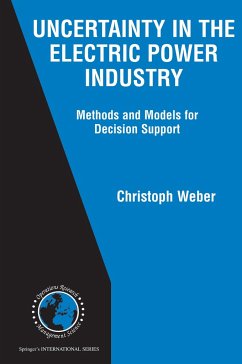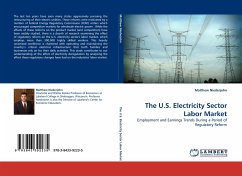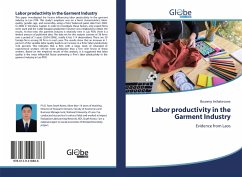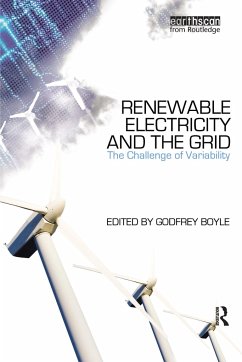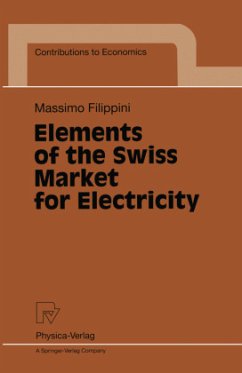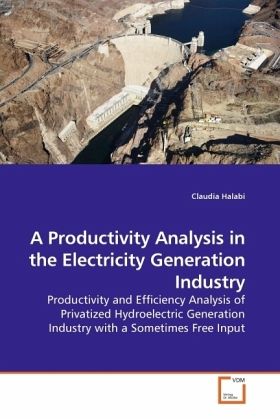
A Productivity Analysis in the Electricity Generation Industry
Productivity and Efficiency Analysis of Privatized Hydroelectric Generation Industry with a Sometimes Free Input
Versandkostenfrei!
Versandfertig in 6-10 Tagen
45,99 €
inkl. MwSt.

PAYBACK Punkte
23 °P sammeln!
This unique work uses a stochastic distance frontier approach to assess the performance of Chile s hydroelectric industry, which operates within a regulatory framework designed to achieve a competitive outcome. An occasionally free input, water, is the sole energy input. The econometric analysis indicates substantial technical and allocative inefficiencies as well as volatile productivity scores, due presumably to the volatility of the energy input. Some allocative inefficiencies have diminished dramatically as the time under deregulation has grown. The Lerner index suggests that firms in the ...
This unique work uses a stochastic distance frontier approach to assess the performance of Chile s hydroelectric industry, which operates within a regulatory framework designed to achieve a competitive outcome. An occasionally free input, water, is the sole energy input. The econometric analysis indicates substantial technical and allocative inefficiencies as well as volatile productivity scores, due presumably to the volatility of the energy input. Some allocative inefficiencies have diminished dramatically as the time under deregulation has grown. The Lerner index suggests that firms in the industry enjoy some degree of market power, reflected by prices that exceed marginal costs. This market power is consistent with operation within a centralized dispatch center, as predicted by a strategic bidding model. It is found that run-of-river plants exhibit increasing returns to scale, while plants relying on dams show slightly diminishing returns. The shadow marginal cost for run-of-river plants is found to be close to zero. Substantial cost savings could be realized if firms in Chile s hydro-electric generation industry were to operate efficiently.





